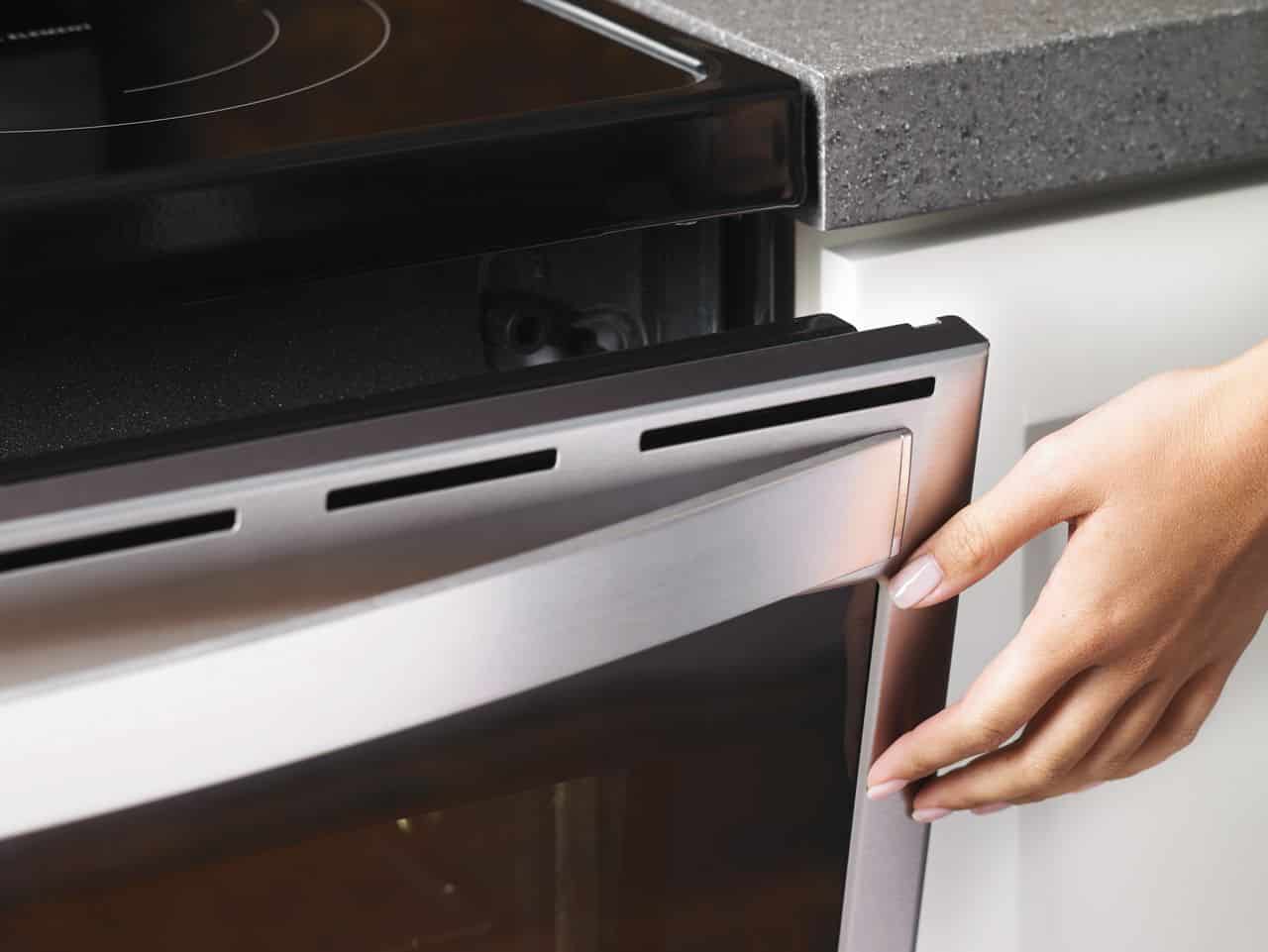
Fred's Appliance
July 9, 2018
Oven Repair
Your oven has a layer of insulation under the surface. Not only does this keep the machine’s heat in place so you can cook efficiently, it keeps the heat from damaging your surrounding cabinets and flooring. But that insulation can get damaged over time. Water might find it’s way in and make the material start to turn moldy. Mice might wedge their way to nest in the warmth if your area has harsh winters. No matter what’s wrong with your insulation, replacing it quickly can save you a lot in your energy bills and replacement costs. Order a replacement layer of insulation for your Whirlpool oven (part #WPW10208653) and follow these steps to replace it yourself.
While replacing the insulation itself is simple, the insulation can be tricky to access. The majority of this process involves dismantling the machine so you can freely access the material on the sides and top of the oven. To do this, you just need a screwdriver and a wood or plastic block.
1. Unplug the oven and move it into the center of the room.
During the course of this repair, you are going to accessing the oven’s internal parts. While you will not be directly manipulating the wiring, leaving the power on will be dangerous. So unplug the oven, or flip the correct circuit breaker if it is wired directly into the house’s power.
Then pull the whole appliance into the center of the room. While you dismantle the machine, you will be removing the side panels. Make sure you have plenty of workspace and room to set down the panels you will be removing.
2. Dismantle the machine
Remove the oven door.
Swing the oven door open and locate the hinges on either side of the bottom. Snap open the hinge locks holding the door in place. Then grab the sides of the door, close it halfway, and slide the door forward so the hinges slip out of the oven. This part is heavy and fragile, so be prepared for the weight. Set it aside on a cushioned surface without putting pressure on the front glass.
Remove the rear access panel.
Go to the back of the appliance. Loosen all ten screws securing the top rear access panel. Then pull the panel free and set it aside. This will let you swing the control panel up and out of the way once you dismantle the cooktop.
Remove the cooktop.
Go back to the front of the appliance and locate the two corner screws under the lip of the stove that are holding the cooktop in place. Unscrew them and set them aside. Then remove the cooktop: lift the front of it at a forty-five-degree angle and then slide the raised back free from under the control panel. Carefully set this part aside.
Now you can see the panel holding the top elements in place. Unscrew the sides so you can lift this panel up later. Do not fully remove it or disconnect the wiring.
Remove the side panels.
The side panels are held in place by screws along the sides of the back panel and more screws under the top control panel. Remove the screws at the back of the machine and then swing the control panel back out of the way to remove the remainder of the screws. Then, starting on one side, lift up the front corner of the element panel and pull on the back of the side panel so it swings free. It may remain secured to the front of the oven on the mounting tabs, so carefully pull or swing it free. Set the first panel aside and repeat this step on the other side panel.
Access the top sheet of insulation under the elements.
While you don’t want to fully remove the remainder of the top paneling, it is blocking your access to the insulation. So tilt the element panel up and set the front on a wooden block. Then unscrew the door latch and set it loosely inside the machine.
Remove the inner side panels.
There is a connecting rod running across the top of the oven under the panel. It is attached to second side panels. Unlatch this rod and set it aside so you can start removing these side panels. Each second side panel has two screws holding it in place. Remove the screws and lift the panels free and set them to the side. Both panels need to be removed.
3. Remove the old insulation.
The insulation should be right under the second side panels you just removed and the tilted top element panel. Carefully start prying the edges of the insulation loose. Excess material will have been pushed under the sides of the appliance. While nothing is holding the insulation into place. the fibers may be caught against any sharp metal edges. Make sure every edge of the insulation is loose and that the material is hanging loosely from the top of the appliance.
Then, at the top of one of the sides, start gently pulling the material across the top to free it. Stop if you feel any resistance and try to remove the insulation in a single sheet. If you’re removing the old insulation because of mice damage, inspect the machine for any loose tufts. Set all of the insulation aside.
4. Install the new insulation
Carefully push a short edge of the insulation across the top panel. The edge with perpendicular cuts should be oriented to the rear of the machine. Once the short edge has reached the other side of the top, start pulling that side down until the material is evenly distributed across both side panels.
Tuck excess insulation under the oven body. Make sure both sides have enough excess material so the friction holds the material in place. The insulation should be taut but not tight, and the material should be slid behind the side panel hinges.
5. Reassemble the machine.
During this step, you are going to follow the steps of dismantling the machine backward. Start with the second set of side panels. Mount them into place and retighten the screws.
Then slip the connecting rod back across the underside of the top. Latch it to both sides of the appliance. Next, reinstall the door latch with the two screws. Remove the block and carefully lower the top element panel back into place.
After that, reinstall the two outer side panels. Slip the front edge of each panel into the mounting tabs, then swing them into alignment towards the rear of the machine. As you’re moving the side panels, make sure the top panel is lifted up and out of the way. Once each panel clicks into place, retighten the screws along the edges of the rear panel and under the top control panel. Then swing the control panel back into position and screw it in place.
Before you reinstall the cooktop, replace all of the screws you took out along the top panel. Then slide the back of the cooktop into place under the control panel and lower the front until it’s flat along the top of the machine. Tighten the screws to lock in place.
Next, put the top rear access panel in position. Then replace the oven door. Make sure you close the hinge locks and make sure the weight of the door is supported before you let the door go.
Now you have new insulation to keep your cabinets protected and mice out of your oven’s inner workings. For more oven and major appliance repairs, go to Fred’s Appliance Service here. We can answer your questions or help with the more complex repairs your appliance need.
888-453-7337Text or ring! ring!
Live ChatClick to say hi

Apr. 09, 2024
How to Fix the nF Error Code on a Samsung Washer

Apr. 09, 2024
Kenmore Elite Dryer Issues: How To Troubleshoot
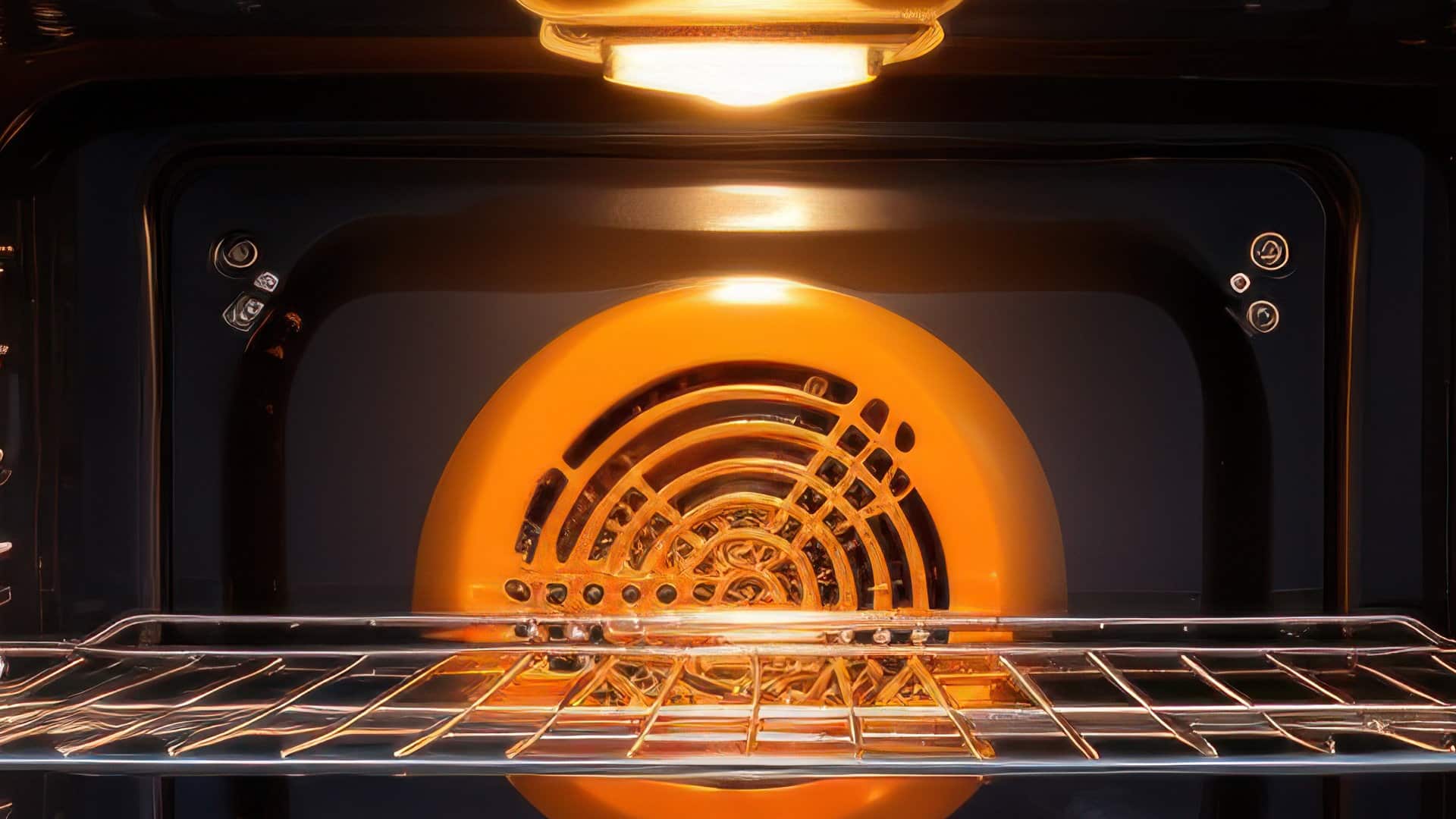
Mar. 06, 2024
Microwave vs. Oven: Pros and Cons and How They Differ
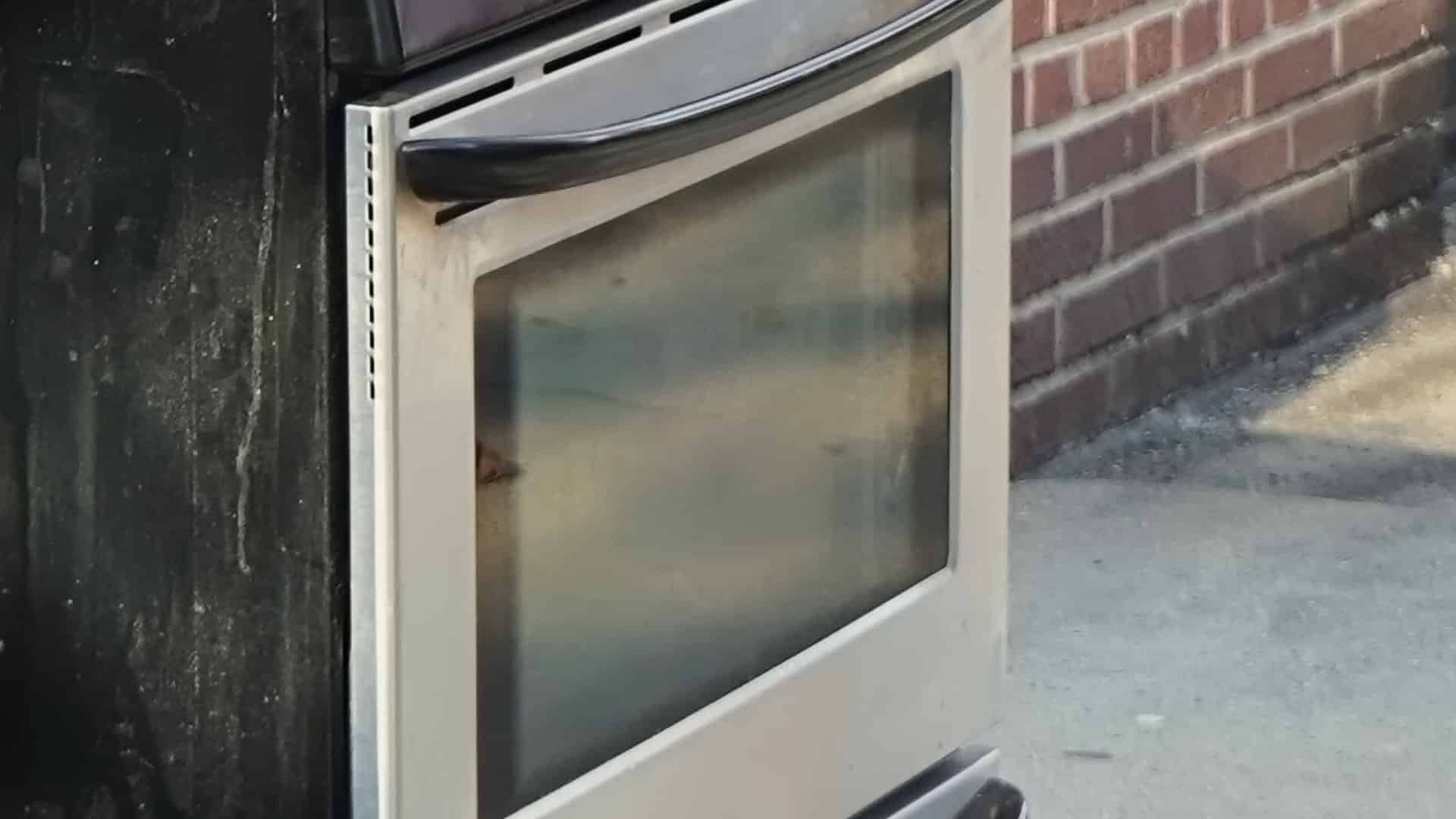
Mar. 06, 2024
Self-Cleaning Oven Smell: Causes & Odor Reduction Tips

Mar. 06, 2024
Frigidaire Ice Maker Not Working? 7 Ways to Fix It
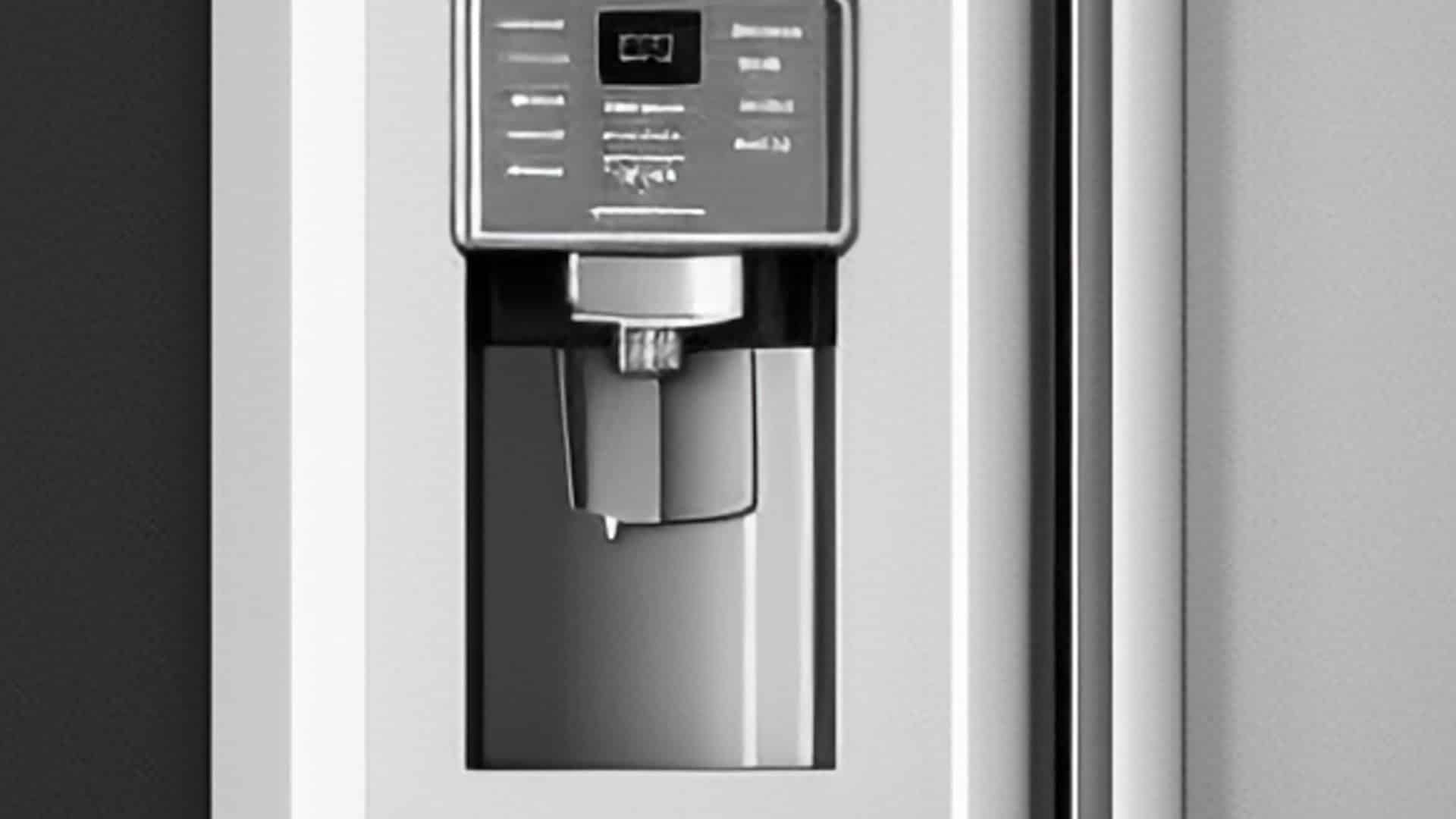
Feb. 05, 2024
Why Is Your LG Refrigerator Not Cooling? (9 Common Reasons)
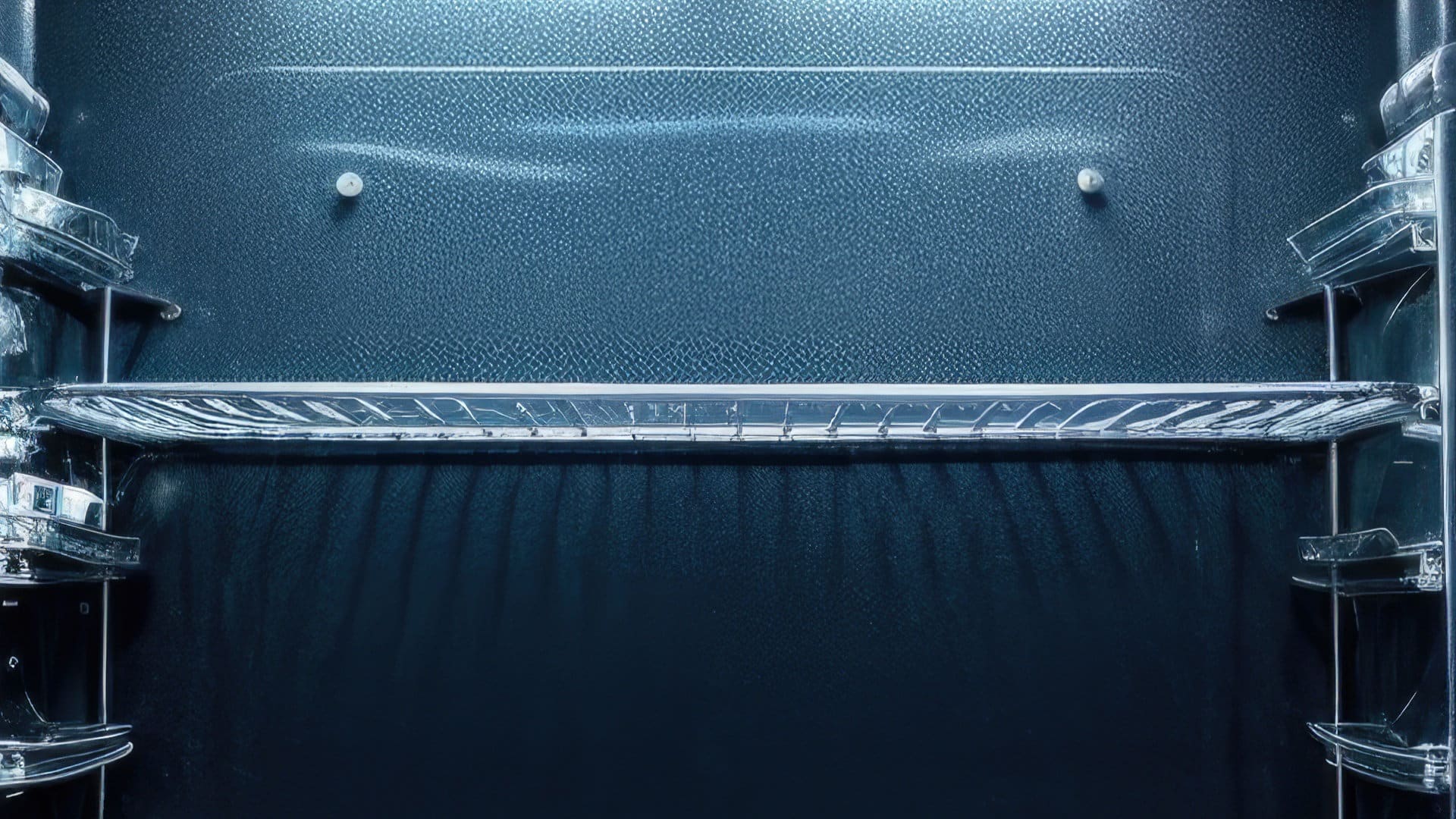
Feb. 05, 2024
GE Oven F2 Error: Causes & Solutions
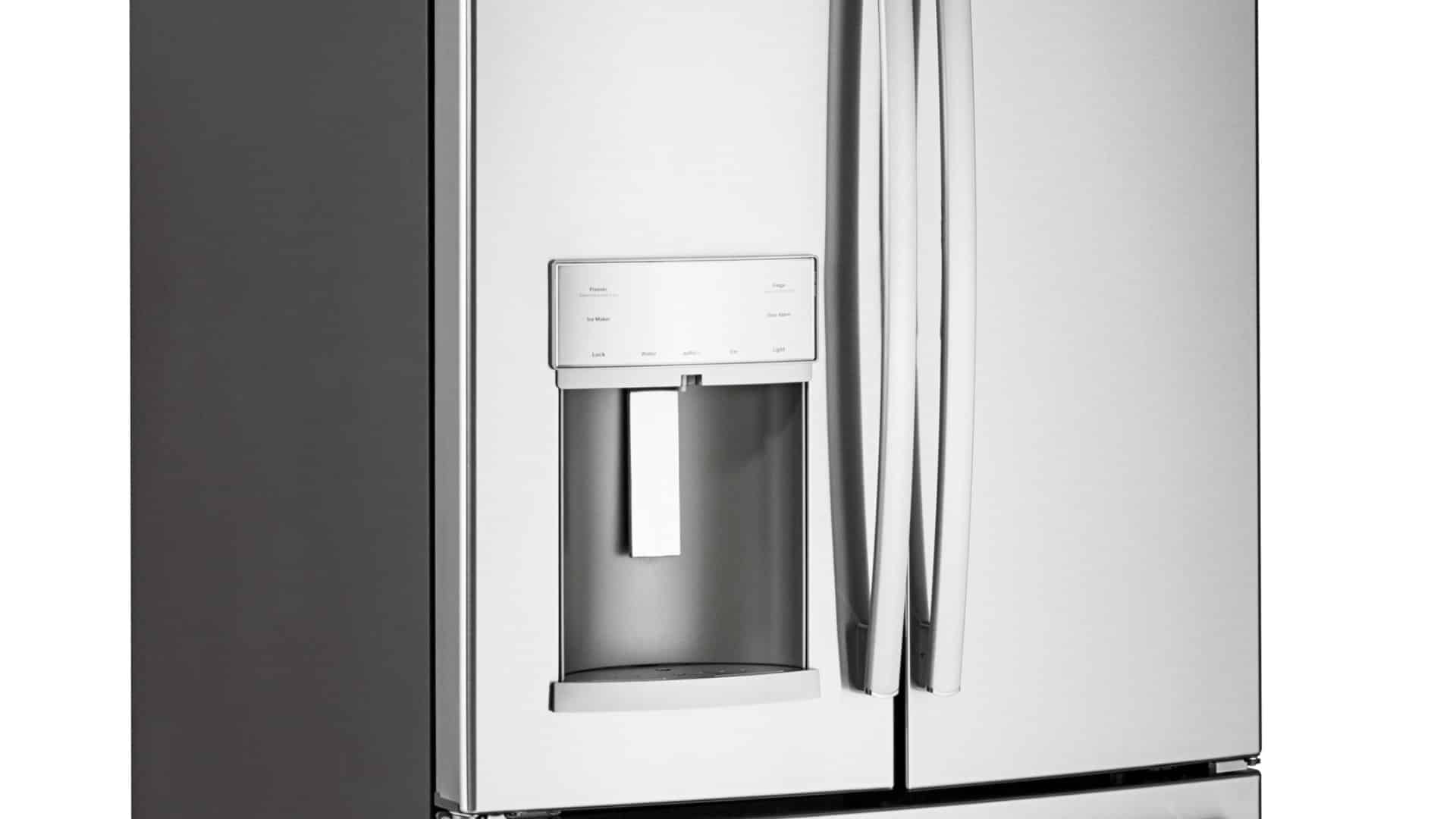
Jan. 03, 2024
How to Reset the Water Filter Light on a Samsung Refrigerator
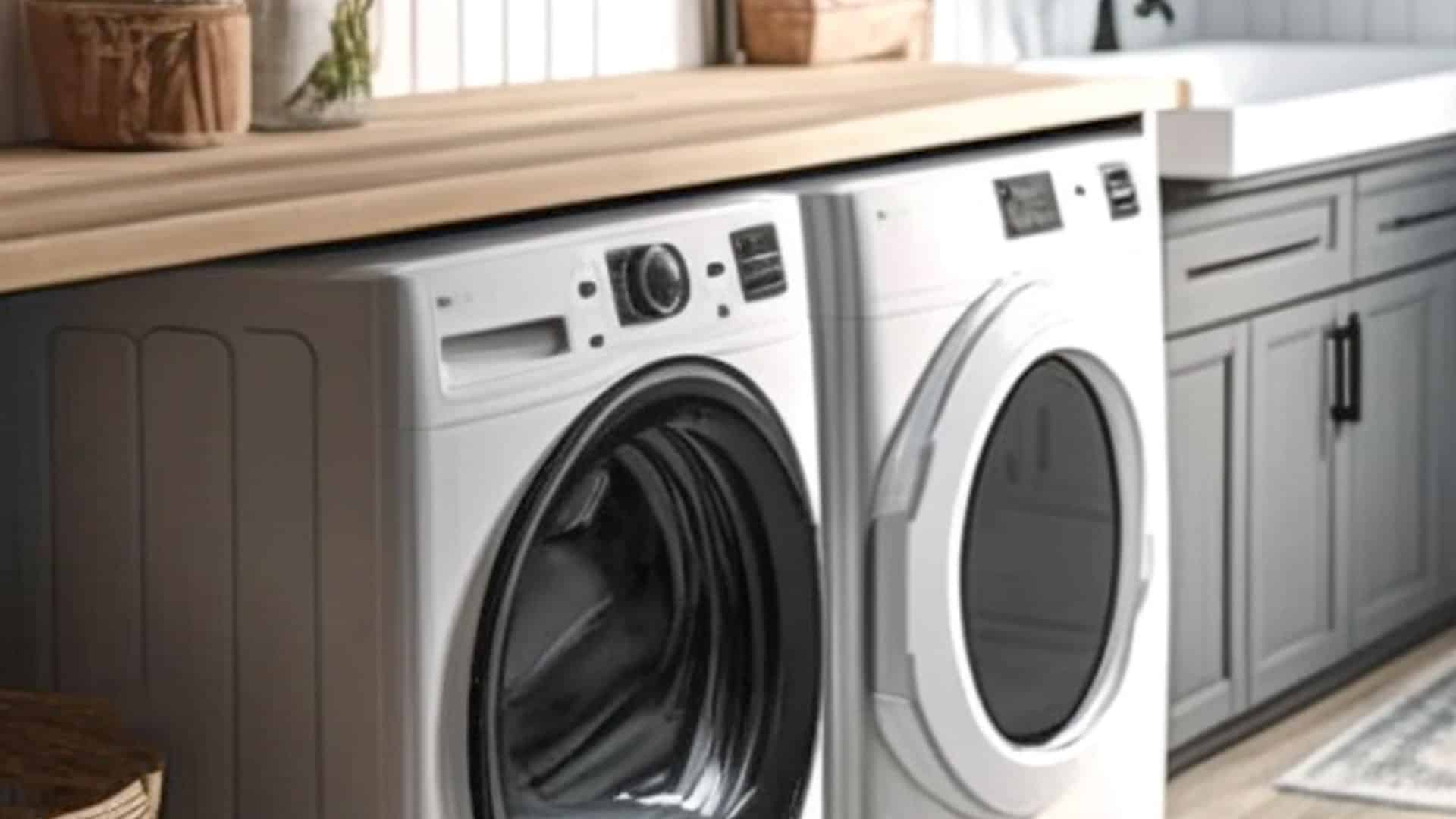
Jan. 03, 2024
Maytag Washer Showing F5 Error Code? Here’s What To Do
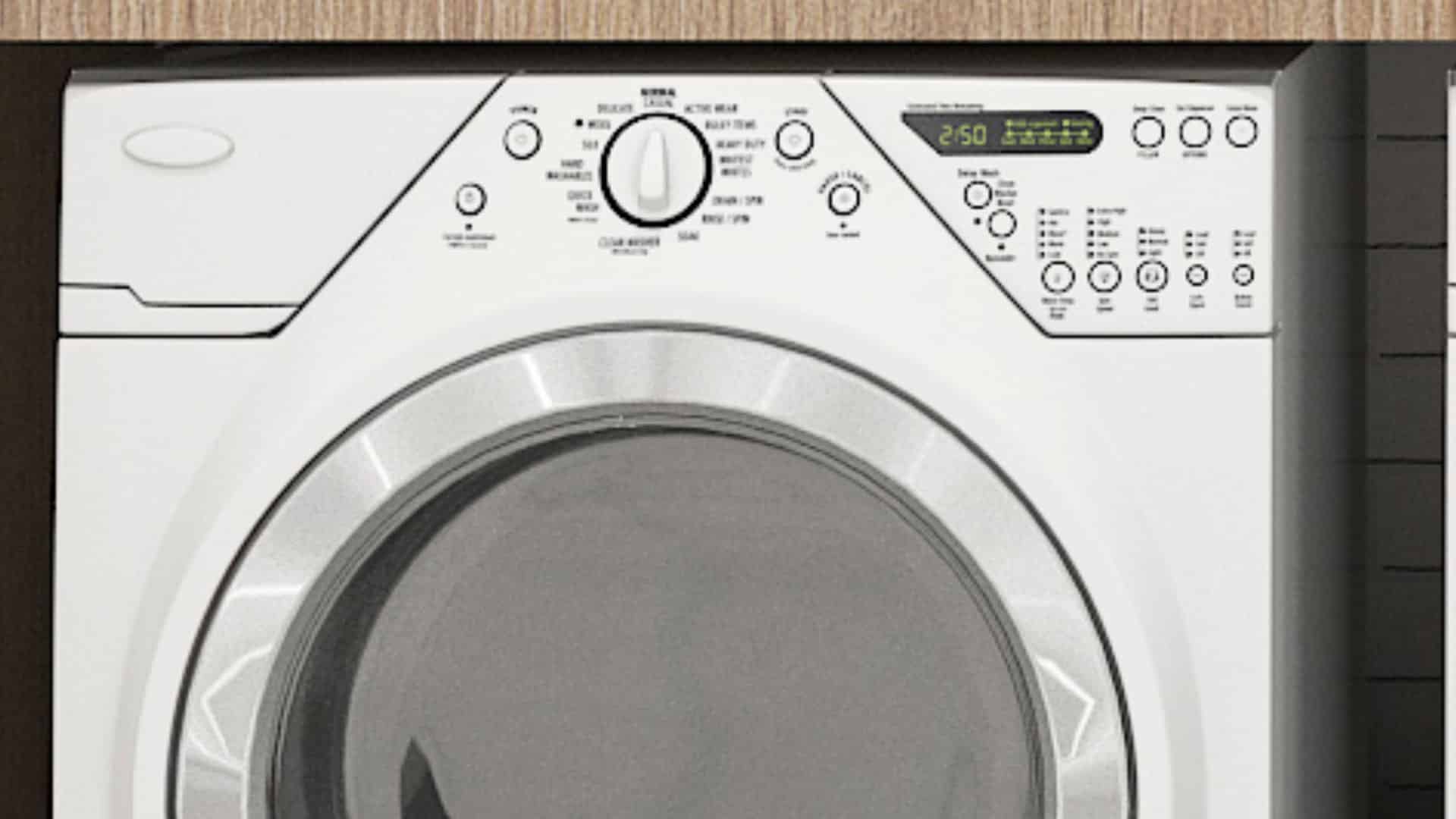
Jan. 03, 2024





